How to install accessories?
For your sewing projects (fabric, leather, imitation leather, etc.) , the installation of accessories is often necessary: eyelets, snap fasteners, rivets, etc.
Each of these accessories must be assembled with a tool and a suitable setting/die set. There are 3 tools for setting a rivet, eyelet or snap fastener on your creations: the striking handle, the manual press pliers and the bench press.
The choice of installation tool must be made according to your use but also your budget.

-
THE STRIKING HANDLE: Practical for placing accessories anywhere on your creation. It does not require any particular force.
Ease of installation : Installation is not very difficult, however, you must be comfortable handling a hammer; prior practice is necessary to master the technique. You must use a heavy hammer of at least 500g to more easily install the accessories. Choose wooden mallets, which do not damage your tools, unlike steel mallets. Note that using a hammer can cause noise pollution for your neighbors or prevent children from sleeping.
Quality of installation :
- Requires having the correct striking motion on the accessory with the adequate power.
- Possibility of having differences in appearance between several accessories to be placed next to each other.

-
MANUAL PRESSING PLIER: Practical for installing rivets. We do not recommend it for installing snap fasteners because it requires a lot of wrist strength.
Ease of installation: using lever pliers allows you to control the force you manually apply to the accessory in order to achieve the correct tightening. Be careful, the shape of the pliers does not allow you to install accessories in the center of large pieces of leather. It should also be noted that to install 12mm diameter snap fasteners, you need to have a certain amount of strength in your hands. This tool allows you to install accessories without noise, which can be an advantage when you are doing DIY work at home in the evening.
Installation quality: this part provides good, controlled tightening when installing your accessories, which allows for optimum installation quality.

-
THE BENCH PRESS: perfect for professionally installing your accessories. It will save you a lot of time if you regularly need to add accessories to your creations .
It is a professional and quality tool. The purchase of a bench press should be considered an investment that should be amortized in the long term. There are several sizes of press. The larger it is, the more powerful it will be and therefore suitable for installing large accessories. There are also several shapes. The N3 with its raised base allows you to install accessories on parts that are already closed. The presses also allow you to make holes by replacing the installation sets with punches adapted to the press and a brass or ertalon anvil called "TAS". Be careful, however, the small presses (2 and 3) will not be able to make large diameter holes (generally greater than 12 mm) but this depends on the firmness and thickness of the leather.
Installation quality : The bench press has a high pressure force, which allows you to install accessories with perfect tightening. The rotating handle, which lowers the installation clearance, allows you to control the force applied to your accessory. This tool allows you to install your accessories quietly and like a professional.
Note : If you have already invested in a PINCH striking handle or a blue manual press clamp before adopting the press and you already have setting sets, there is an adapter that allows you to use the PINCH setting sets on the bench press.
Which press should I choose depending on my use?
| Use for rivets and eyelets | ||||
| Diameter | Press N2 | Press N3 | N4 Press | Press N5 |
| Up to 12 mm | ✔ | ✔ | ✔ | ✔ |
| From 13 to 15 mm | ⚠ | ✔ | ✔ | ✔ |
| From 16 to 20 mm | ✘ | ⚠ | ✔ | ✔ |
| From 21 to 25 mm | ✘ | ⚠ | ⚠ | ✔ |
| Greater than 26 mm | ✘ | ✘ | ✘ | ⚠ |
| Use for cookie cutters | |||
| Hole diameter | Press N2 - N3 | N4 Press | Press N5 |
| From 1 to 10 mm | ✔ | ✔ | ✔ |
| From 11 to 15 mm | ⚠ | ✔ | ✔ |
| From 16 to 18 mm | ✘ | ⚠ | ✔ |
| From 19 to 20 mm | ✘ | ⚠ | ⚠ |
| From 21 to 25 mm | ✘ | ✘ | ⚠ |
✔ For all types of leather
⚠ For fine and soft leathers
✘ Not recommended
The above values are given as an indication and may vary upwards or downwards depending on the material of the accessories (brass, iron, stainless steel, aluminum) and the thickness of the leather.
What do the numbers for each bench press mean: N2 - N3 - N4 - N5?
The larger the number, the larger the handle and therefore the more force the press will have. The dimensions of the interior recess will also be larger (easier to reach the center of a large piece). For installing accessories on thick pieces, we recommend using the N4 press.
What is the difference between the "S" and "N" presses?
The main difference between the "N" and "S" bench presses is the brand, the dimensions (within a few millimeters) are the same, as are the mounting clearances. The best-selling presses are the N3 and N4 presses.
After selecting the installation tool, you must have the appropriate installation set for installing your accessory (see the guide for rivets, snap fasteners or eyelets) .
Before installing an accessory, it is also necessary to pierce (at the place where your accessory will be installed) your fabric, leather or imitation leather with a round punch, leveraged pliers or a bench press (with the appropriate tip) .
How to install a rivet?
On our site we offer 5 sizes of "standard" rivets: size T1 to T6.

There are then 2 types of rivets: single cap rivets (1 head (conical shape) on one side only) and double cap rivets (1 head on each side of the rivet).
Choosing the material for your accessory: You need to pay attention to the material used (under the surface finish). Steel is economical but can oxidize after a while and damage your creation. Brass is a little more expensive, but it won't rust, and your creation will retain its shine for a long time. Deco Cuir mainly offers brass accessories.
Single cap rivets are generally used when the foot (lower part of the rivet) is hidden by a lining or another thickness of leather, fabric, etc.
Double cap rivets are generally used when the foot (lower part of the rivet) is visible on both sides of your creation.
How to fix a rivet on your creation?
After making a hole at the location of the rivet on the 2 parts to be assembled, you must use a setting tool and a setting set/die to place a rivet.
We presented the 3 existing installation tools above in the guide: striking handle, manual press pliers and bench press.
If you have a manual press pliers or a PLIERS striking handle kit, here are the appropriate setting sets. Be sure to select the setting set/die according to the size of your rivet (T1 to T6) and its type (single or double cap).
If you already have CLAMP sets and have just purchased a bench press, there are adapters available to use them on your press.
Unlike the striking handle and the hand pliers, which have the same setting sets/dies, the bench press has its own setting sets. Be careful to select the setting set/die according to the size of your rivet (T1 to T6) and its type (single or double cap).
Is there a complete kit ?

Discover the exclusive Deco Cuir product for riveting! A complete kit with all the single and double cap riveting sets (in stainless steel), the press adapter, and the striking handle with its Ertalon plate.
All snap fastener sets are also compatible with the blue hand-held snap fastener pliers. With the snap fastener handle and Ertalon plate, you can also use the Snap Fastener PLIERS snap fastener sets (available separately).
Below is a video summary of the 3 methods for installing a single or double cap rivet.
How to install a rivet?
How to install a snap fastener?
On our site we offer several diameters of snap fasteners: 10.5 mm, 12 mm, 15 mm...
There are 2 types of snap fasteners: simple snap fasteners (S-shaped spring)...
...and strong snap fasteners (ring spring) . Strong snap fasteners withstand more pressure than simple snap fasteners. They can only be installed with the bench press or the PRESS hammer handle kit.
To install the snap fastener, the foot is assembled with the male part and the head/cap with the female part (see image below).

Choosing the material for your accessory: You need to pay attention to the material used (under the surface finish). Steel is economical but can oxidize after a while and damage your creation. Brass is a little more expensive, but it won't rust, and your creation will retain its shine for a long time. Deco Cuir mainly offers brass accessories.
After making a hole in the location of the head (usually the diameter of the hole is larger than that of the foot) and the foot of the snap fastener, you must use a setting tool and a setting set/die to place the parts.
In the introduction to this guide, we presented the 3 existing installation tools : striking handle, manual press pliers and bench press.
If you have a manual press or a PLIERS punch handle kit, here are the appropriate setting sets. Be sure to select the setting set/die according to the diameter of the snap fastener. Heavy-duty snap fasteners can only be set with a bench press.
3 methods for installing a snap fastener.
How to remove a snap fastener or rivet?
Got a badly installed rivet or snap fastener? Here's the solution for easily removing them without damaging your creation!
You've spent hours creating the perfect piece, but a single misplaced snap or rivet can ruin everything. Don't let these mistakes ruin your leather creations! This striking handle and anvils are specially designed to easily remove snaps and rivets without damaging the leather .
These tools allow you to remove :
- Single and double cap rivets from T2
- The male and female parts of the strong snap fasteners (ring spring)
- The female parts of the snap fasteners spring in an S shape (to remove the male part, you must use cutting pliers).
How to cover a metal snap fastener with leather?
How to install a carnation?


The different types of eyelets and their installation tools.
How to install an accessory without a specific tool?
Some accessories can be installed without any specific tools or with a simple screwdriver. This is the case for:
- Magnetic tops
- Round claw eyelets
- Chicago screws
- Collar buttons
Accessory Prices: These accessories are the most expensive because they consist of more parts and are produced in limited quantities. However, installing accessories without the use of special tools allows you to disassemble them to reuse them on a new piece of leather or to reinstall them more easily.
Tool price: There is no specific tool required to install them. A screwdriver, cutter, or hammer may sometimes be necessary.
Ease of installation: these accessories were developed for DIY enthusiasts, and are generally easy to install.
Installation quality: Deco Cuir has selected well-designed accessories for you, offering satisfactory installation quality.
 |
 |














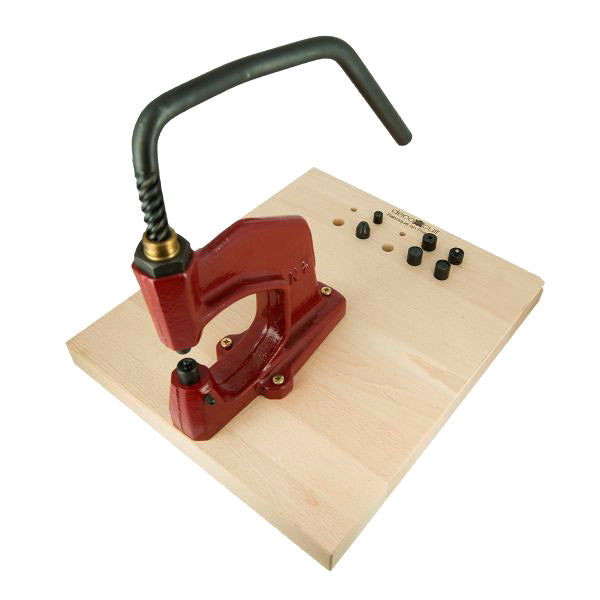























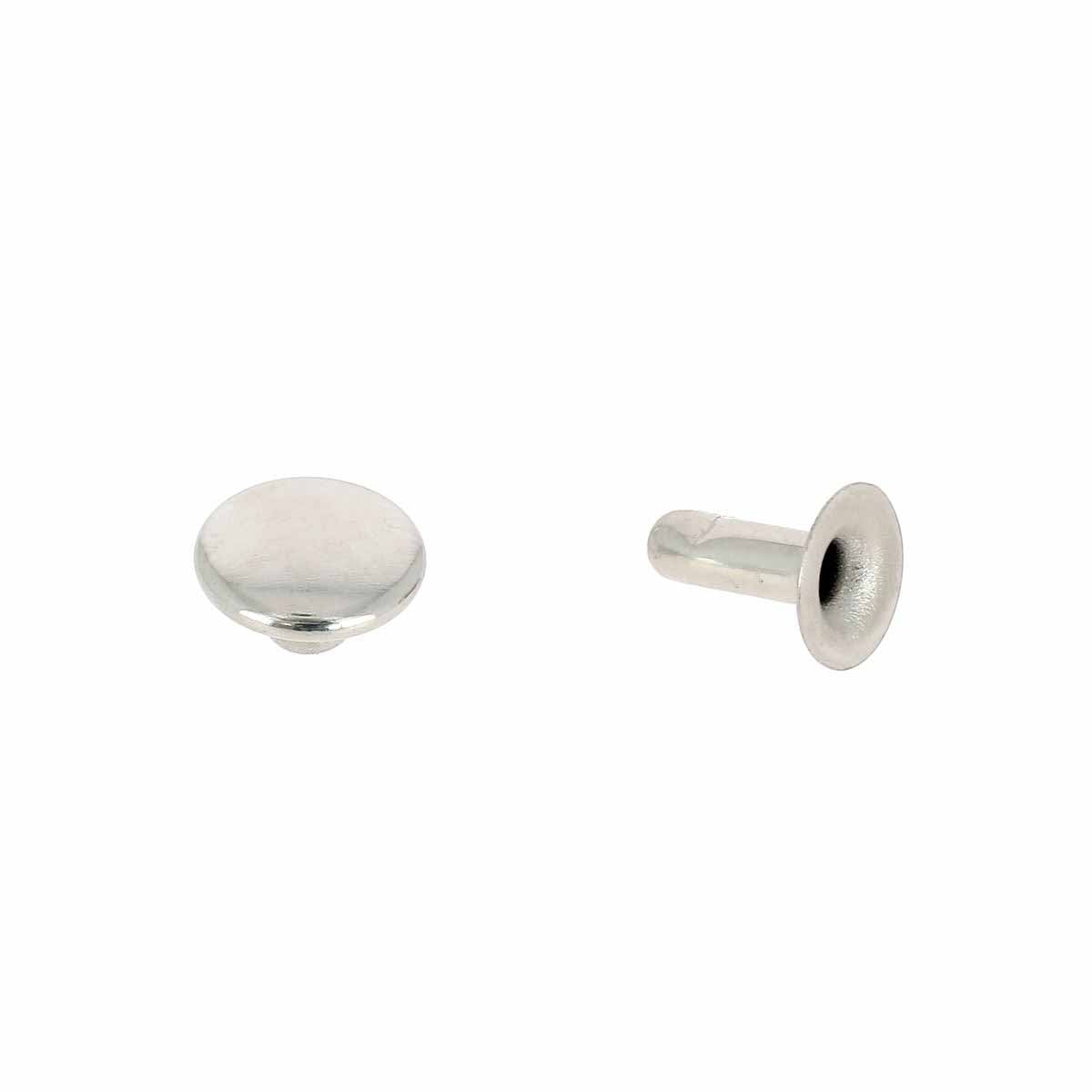













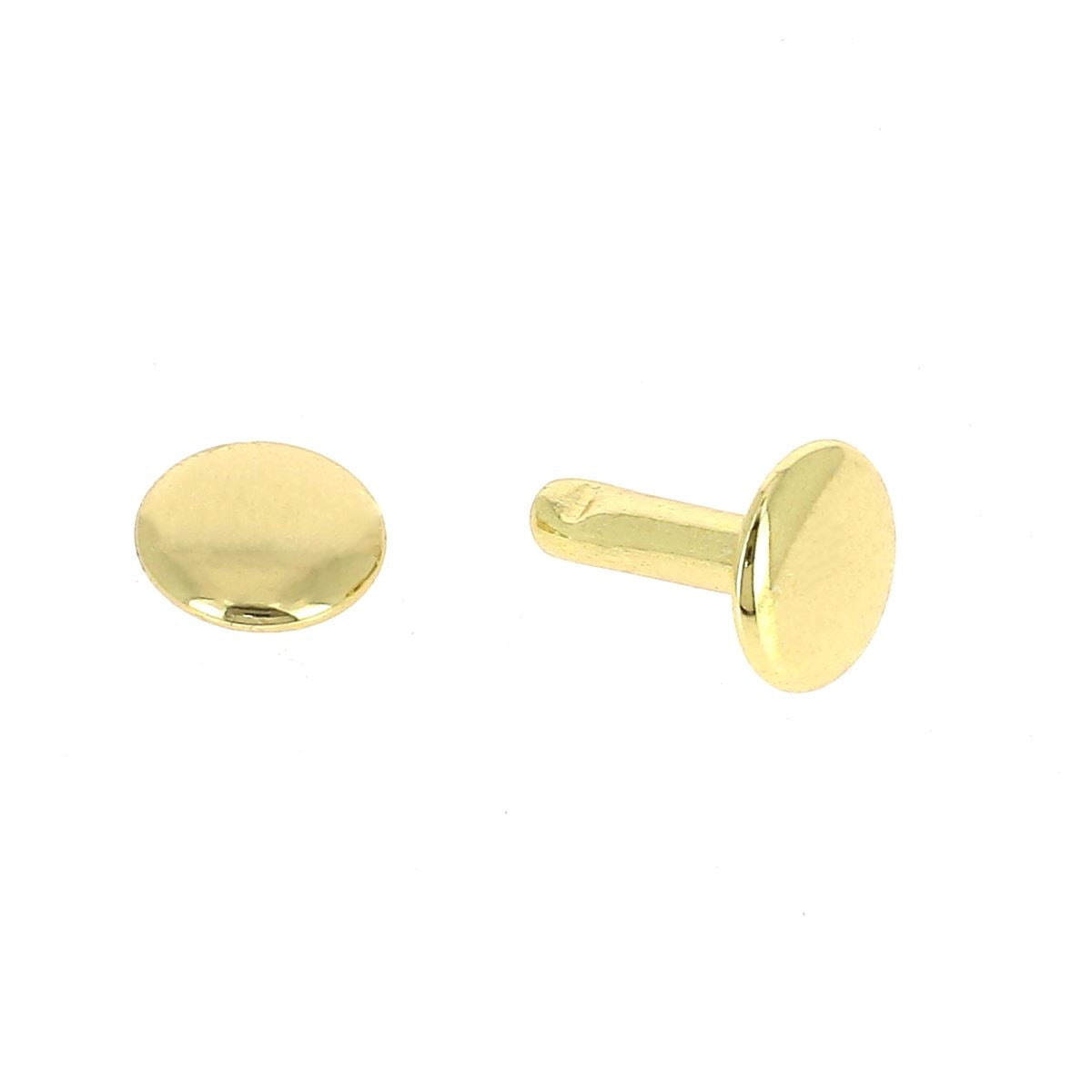





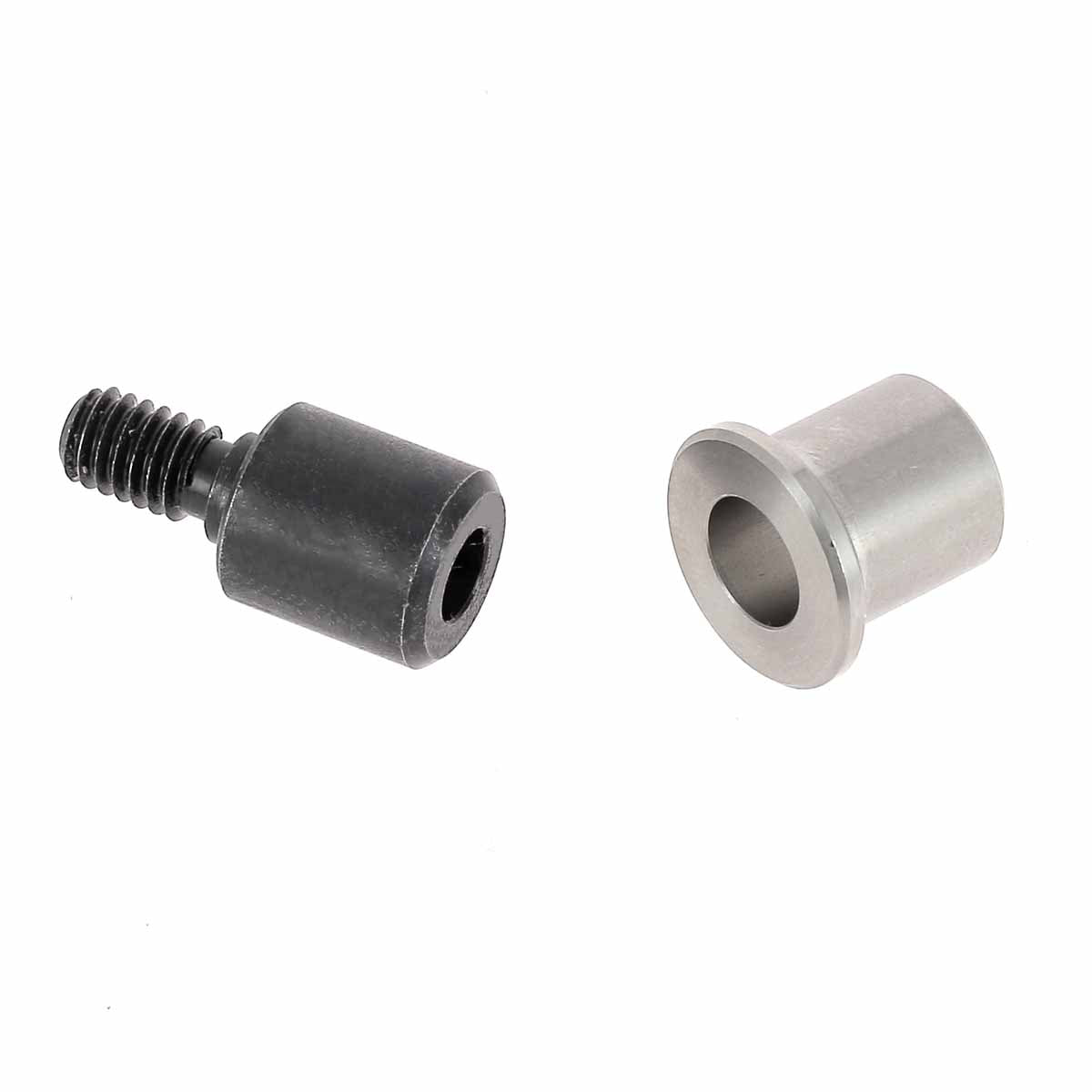

















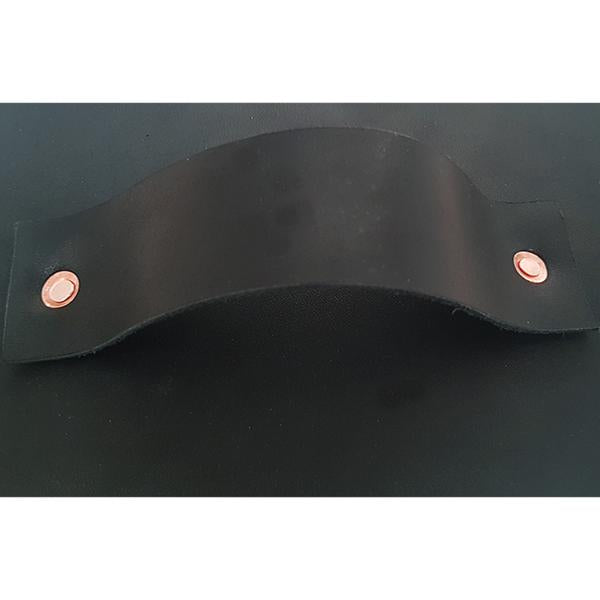









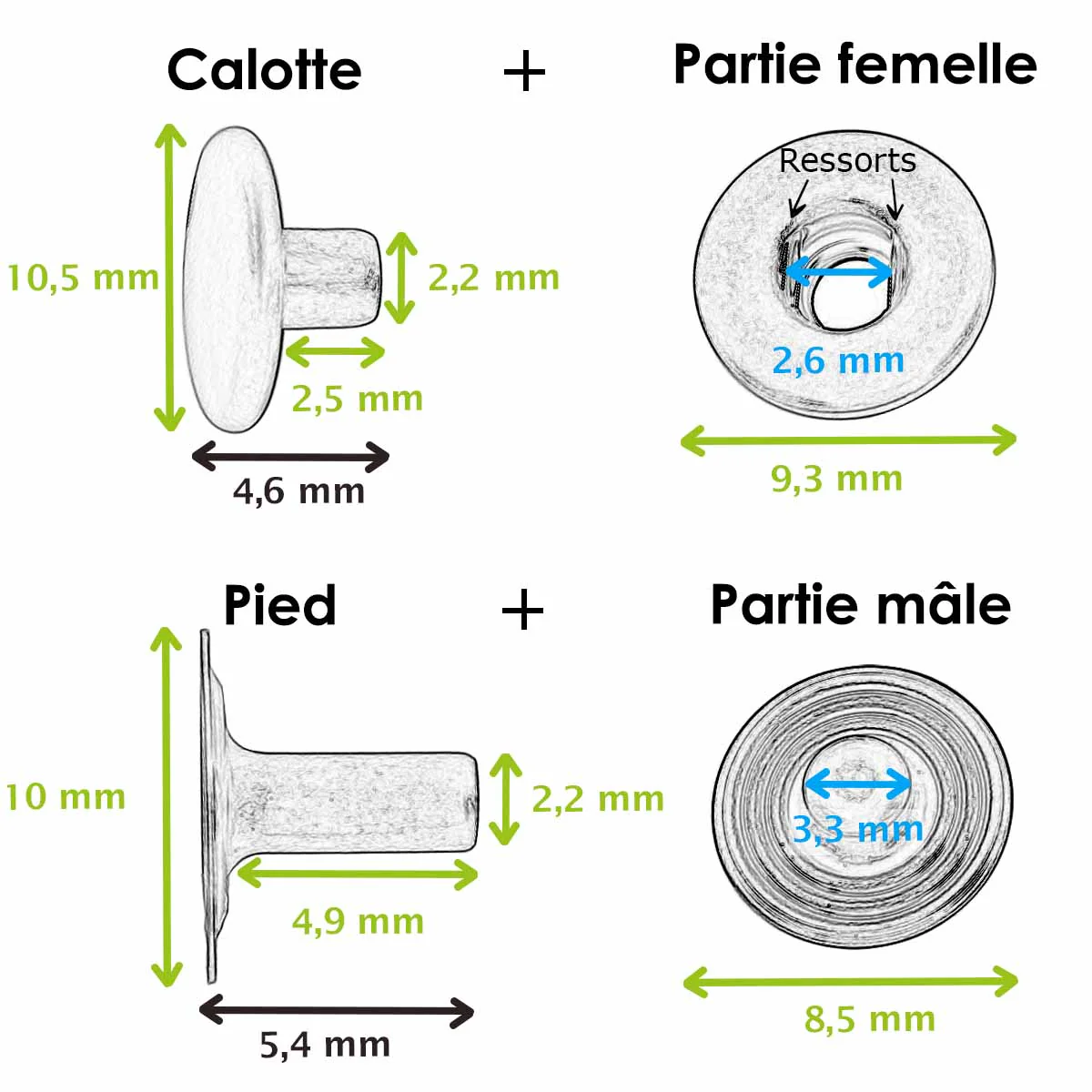




















2 comments
Deco Cuir
Bonjour,
Quand nous regardons l’historique de vos commandes nous constatons que vous avez acheté des rivets et les jeux de pose pour presse d’établi. Je vous invite à regarder la vidéo suivante à partir de la minute 2 :20 : https://youtu.be/WF1KNuuasec?si=UE1LBRzLIOU0tmpd&t=140 pour savoir comment les poser.
Vous n’êtes pas obligée de percer votre matière à l’aide de la presse d’établi, vous pouvez utiliser un simple emporte-pièce.
Bonne journée,
L’équipe Deco Cuir
Anne France PUISEUX
Bonjour
J ai achete des pressions aimamtees avec les emporte pieces pour presse mais je cherche un tuto pour savoir comment faire car je n y arrive pas;
Merci bcp
Bonne soiree